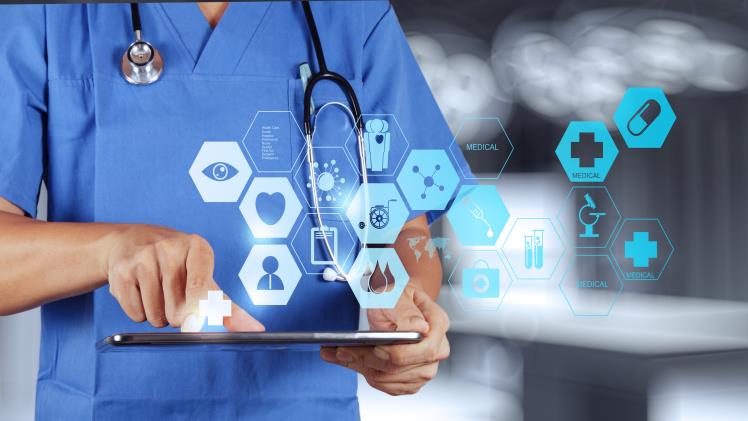Today, the healthcare software development industry is constantly and rapidly growing, fueled by medical research and IT advancements. Digitalization of the healthcare sector has already significantly changed the traditional system and continues to do so. New applications appear every day, facilitating treatment, diagnosis, and patient management. Some of the most common types of software solutions for hospitals include diagnosis software, hospital management systems, medical billing software, e-prescription, medical imaging apps, appointment booking solutions, and medical research software.
In this article, we are looking at the ways medical software improves the day-to-day operation of hospitals and clinics.
Enhanced Data Security
Data security is the first and foremost benefit of using medical software in hospital work. For medical software providers, compliance with a number of regulatory requirements, guidelines, and policies is mandatory; otherwise, the application won’t be launched. The regulations describe how the applications collect, process, and distribute personal user data. Adhering to these rules guarantees a reliable level of security and minimizes the threat of possible data loss.
Besides, more and more healthcare applications are powered by blockchain. Blockchain technology offers a safe and affordable solution for secure storage, management, and exchange of health data. All the data is encrypted and can only be accessed by authorized and pre-approved users. The immutable and decentralized nature of blockchain ensures that no third parties can tamper with patients’ confidential information.
Streamlined Practice Management
Practice management software is a type of software that assists medical practices and hospitals in streamlining their operations. The features and functionalities of such systems can vary depending on the facility’s needs. Some software solutions can even be customized to meet the specific needs of practices working in the fields of dentistry and ophthalmology.
Management software helps manage physicians’ schedules, utility expenditures, water and power consumption, supplies inventory, etc. The software can be integrated with tools for patient record management, medical billing, appointment scheduling, and much more. Such solutions eliminate unnecessary patient visits, reduce delays, and cut costs. Automating everyday processes frees up medical professionals’ time and allows them to focus entirely on patient care and treatment. Management systems improve patients’ experience and overall productivity.
Improved Diagnostics
Medical diagnosis and health risk assessment software automates patient health data analysis. Health risk assessment tools help determine at-risk population groups for diseases, which guarantees timely and effective treatment. Doctors use diagnosis solutions to collect symptoms and make diagnoses. The software helps analyze the collected data, identify patterns and abnormalities, and gives insights to doctors. This significantly reduces human errors and improves accuracy.
Diagnosis software often uses embedded Artificial Intelligence (AI) to analyze all available patient health data and generate possible diagnoses. Doctors can also exchange anonymized medical records to draw the correct conclusions about patients’ health and select the necessary treatment based on the collected database.
Self-help Options
Given the significant workload many hospitals and clinics experience, the appointment time can be limited to just a few minutes per patient. In these circumstances, symptom checkers, telemedicine apps, and wearable IoT devices for healthcare come in handy. Such solutions allow patients to self-diagnose and get the help they need without going to medical facilities. For that reason, most hospitals are equipped with remote patient monitoring systems, collecting and analyzing health data.
The usage of self-help applications minimizes the waiting time and relieves pressure on hospitals. The software also greatly improves medical care quality and patient satisfaction. Remote diagnostics and preventive analyses help maintain the continuity of treatment.
Final Thoughts
As you can see, medical software brings numerous benefits and enhances the hospitals’ work in various ways. It all has become possible due to emerging technologies and medical findings, all aimed at improving the healthcare sector. However, there’s still room for new inventions, growth, and exploration. Which means there will definitely be more industry-changing solutions.

